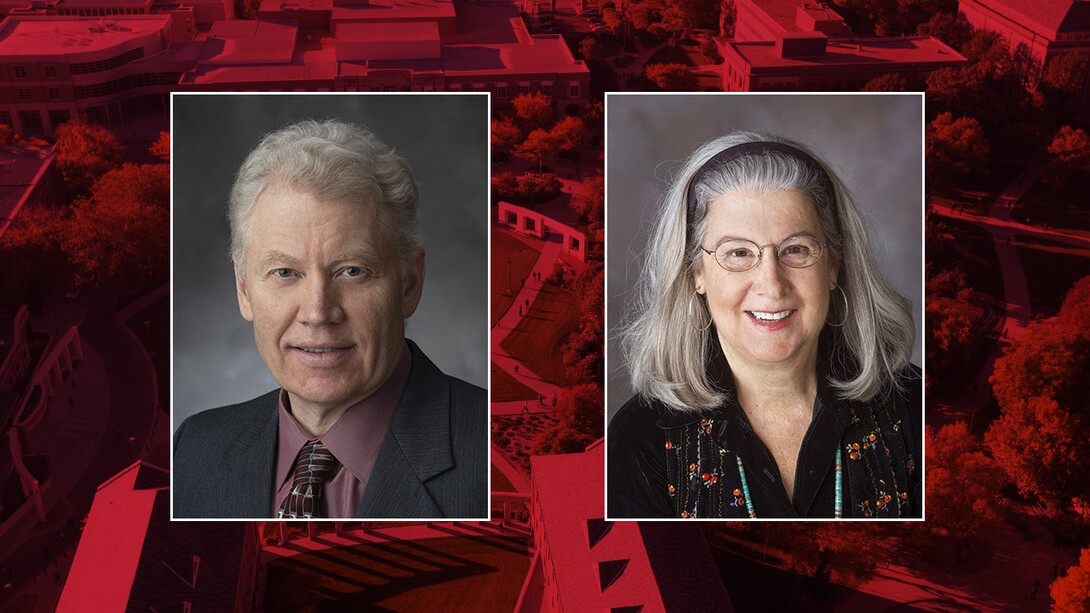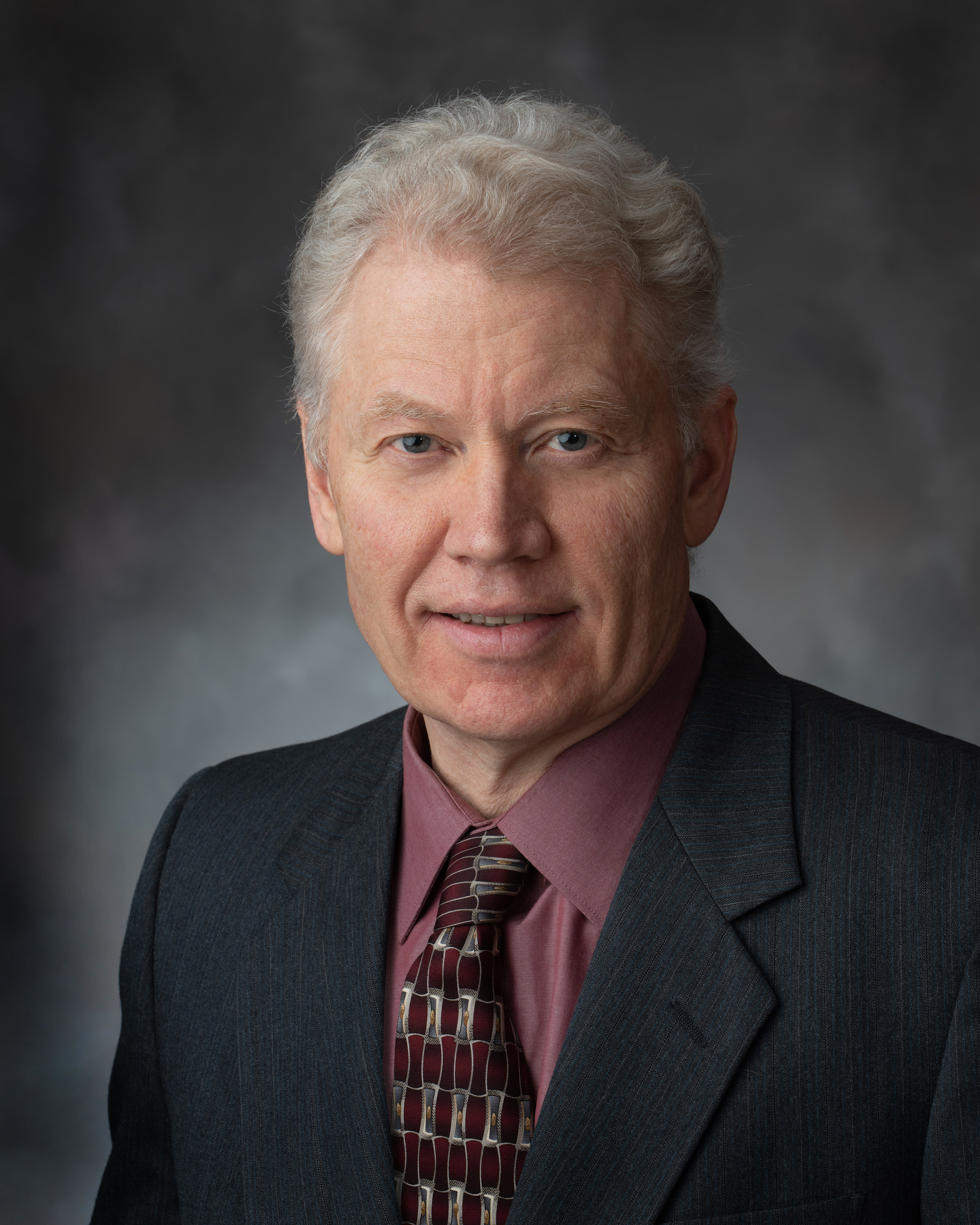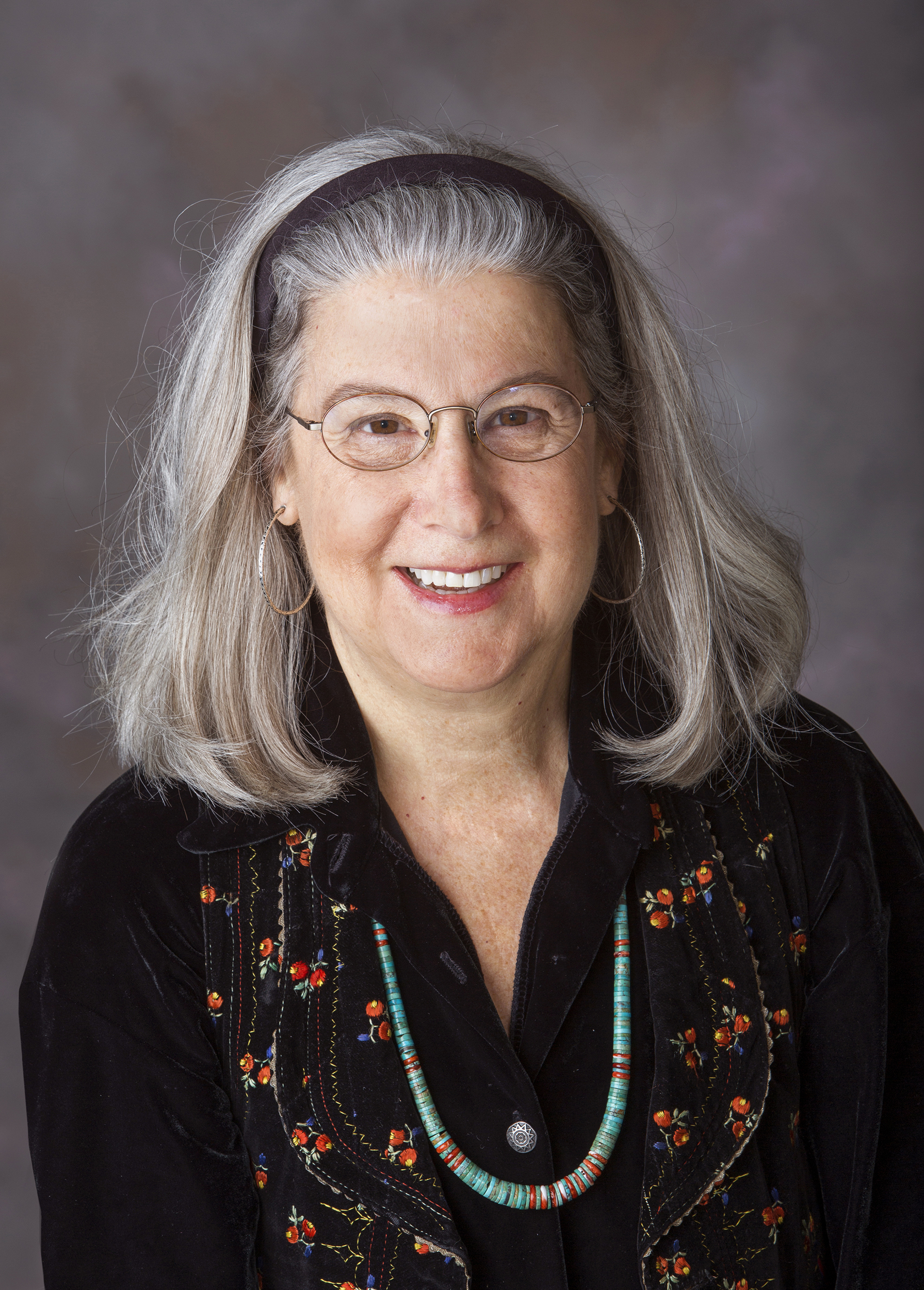
As famed American astronomer Carl Sagan once put it, “You have to know the past to understand the present.”
That principle may become especially relevant as the world enters uncharted territory with climate change. One way of better understanding what the future may hold, and how society can cope with it, is by examining previous episodes of global warming.
With a nearly $350,000 grant from the National Science Foundation, Nebraska’s Ross Secord will take part in a first-of-its-kind study that explores community ecology trends during the Early Eocene Climatic Optimum, or EECO, which took place roughly 52 million years ago and marks the warmest interval of the past 70 million years. Secord and his collaborators at the City University of New York’s Hunter College, CUNY Brooklyn College and Brown University are analyzing fossil records from that era to shed light on how climate change affected the environment, ecosystems and organisms.
Their findings may provide clues to scientists who are trying to forecast future conditions if carbon dioxide levels and temperatures continue on their current trajectories.
“Right now, you have a lot of people building climate models,” said Secord, associate professor of earth and atmospheric sciences. “They need to know what the parameters might be: What’s the range of possible outcomes you might get from an increase in temperature? During past episodes of climate change, did a 9 degree Fahrenheit increase result in a loss of forest cover, or have a particular effect on the animals, or did certain types of species disappear? Realistically, you can’t expect the exact same thing to happen in the future, but studying intervals in the geologic record where the global warming experiment has already occurred gives you a way of figuring out what the possible outcomes of climate change may be.”
The EECO was characterized by high levels of carbon dioxide, estimated to be between 1,000 and 2,000 parts per million, a level projected to return by 2100 and beyond if CO2 emissions remain on their current trajectory. For comparison, today’s levels are around 415 ppm. Temperatures during the EECO were about 9 to 14 degrees Fahrenheit higher than today, with higher sea levels and increased precipitation. This interval of time is considered one of the best available analogues for our future world.
To better understand what happened during that time period, Secord’s team is focusing on the Bighorn and Wind River basins in Wyoming, selected for their rich fossil collections from before and throughout the EECO. The researchers are particularly interested in pinpointing the types of three-dimensional vegetation structures – such as open, savannah-like habitats or closed-canopy rainforests – that prevailed during the EECO. Vegetation structure impacts land surface reflectivity, water cycling, atmospheric circulation close to Earth’s surface and carbon storage, all of which influence biogeochemical cycles and the global climate.
By charting how vegetation structures evolved during this time frame, Secord’s team will fill a gap in the ecological record. The most recent research on mammalian change during the EECO indicated that the early part of the period had the greatest species diversity of the early Cenozoic era, which stretches from 66 million years ago until today. It also showed major turnover in species in certain biozones.
But by directly linking climate change to mammalian ecology, these findings omitted a crucial intermediary: plants. Climate change affects plants, which in turn impact the evolution of mammals. Secord’s team plans to paint a more comprehensive picture of this interrelationship.
“Climate is affecting the plants, and as those change, that’s what affects the mammals,” Secord said. “Mammals are not particularly sensitive to changes in temperature. You have to understand one to understand the other.”
One way to deduce vegetation structure is through a technique that is Secord’s expertise: stable isotope geochemistry. Most elements, such as carbon and oxygen, have two or more forms, each of which is called an isotope and has a different mass. The environment dictates the relative abundance of one isotope versus another, producing a signature isotopic ratio for a given type of environment.
Secord is particularly interested in the carbon isotope ratios of leaves, which vary according to the type of photosynthetic pathways used by the plant. In areas of dense canopy, carbon isotope ratios are low. The opposite is true in open areas like grassland and bushland.
Because Secord can’t directly analyze leaves from the EECO, he’ll rely on the fossil teeth of mammalian herbivores from that period to discern carbon isotope ratios.
“Tooth enamel is very dense and hard, and does a great job of preserving these ratios,” he said. “By doing this for a number of different species, you can get a good idea of what the average value for the area looked like, and make interpretations about the kind of environment they were in. Carbon isotopes show a nice gradation between rainforests and open and dry areas.”
In addition to Secord’s isotope analyses, collaborators Stephen Chester and Christopher Gilbert of CUNY will use fossil collections to glean information about EECO animals’ diet, modes of locomotion and body mass. Their analyses will provide additional clues about how vegetation structure influences ecological change and how particular species in the region responded to warming.
The project features an innovative broader impacts plan led by Husker science education expert Judy Diamond. Through partnerships with 50 rural and tribal libraries in Nebraska and across the nation, the initiative will provide the public with up-to-date information about climate change, water resources, mammal evolution and other related topics, with an eye toward showcasing the work of Indigenous authors.
Diamond and her advisers are developing a master list of publications, ranging from baby board books to adult books, from which partnering libraries can select $500 worth of materials that best suit their audience. Her advisers include Judi gaiashkibos, executive director of the Nebraska Commission on Indian Affairs, and Vicki Wood, youth services director at Lincoln’s Bennet Martin library.
“We want to give small rural and tribal libraries the opportunity to get the very best and latest books on these subjects, as a lot of the highest-quality work has just recently come out,” said Diamond, University Libraries and Museum professor. “This grant provides an opportunity for these libraries to acquire high-quality books.”
Diamond hopes this work will spur a trend of using community libraries and other locally embedded entities as a focal point for science outreach. Historically, NSF has funded outreach programs that capitalize on the resources of museums and other established players. Diamond said the agency’s funding of this project may reflect a heightened awareness of the need to support small, community-centered institutions.
“This is part of a new recognition of both how to work with very local communities and the pivotal role of libraries and their potential for science outreach,” Diamond said. “They are the pathway to a literate public that uses science to its advantage. Through libraries, people can begin to understand that our world is in flux, and they can reach out for more information and begin to make sense of what’s happening.”









